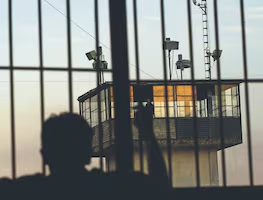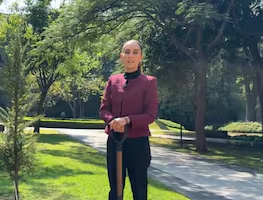Más Información

Noroña estalla contra sus "haters" en mensaje de fin de año; "lo único que saben destilar es odio, están jodidos"

Sheinbaum publica en el DOF reforma en materia de prisión preventiva oficiosa; entra en vigor el 1 de enero de 2025
Mexico's inability to fully seal up border tunnels dug by drug smugglers poses a security risk and is an "open invitation" for cartels to carve out new tunnels, according to officials in the United States.
On the U.S. side, drug tunnels have been filled with concrete since 2007, after the Los Angeles Times reported that they were being left unfilled because of budget constraints within Customs and Border Protection.
Mexican authorities say they lack the money to completely fill the tunnels, some of which are outfitted with ventilation and rail systems to whisk contraband hundreds of yards under the border. Only the tunnel openings are sealed south of the border.
That allows traffickers to simply dig a new entry point to access the largely intact subterranean passageways leading to the U.S.
A smugglers' tunnel that had been shut down but left unfilled on the Mexican side was found to be back in operation in December, the Times reported Sunday. Traffickers have reactivated or tried to reactivate at least four other tunnels in recent years, most recently last month near Tijuana's airport.
"The biggest threat is that it's a huge open invitation for drug traffickers, and it's definitely going to be taken advantage of," said Michael Unzueta, a former special agent in charge of Immigration and Customs Enforcement in San Diego.
Since 2007, it has cost Customs and Border Protection US$8.7 million to fill drug tunnels, according to a 2016 report by the Department of Homeland Security.
An estimated 20 large tunnels, constructed before and after 2007, are largely intact on the Mexican side, officials told the newspaper.








